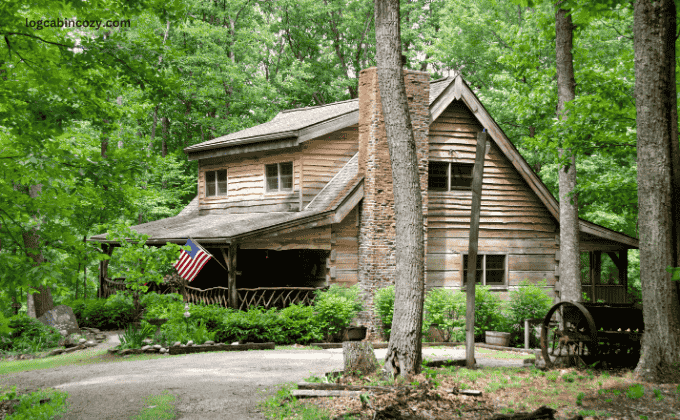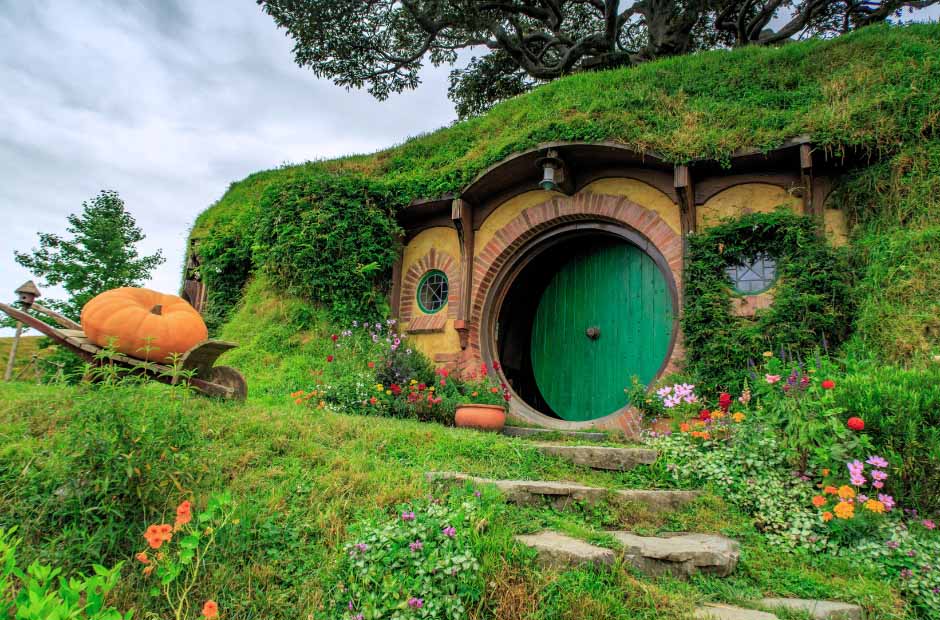Log cabins are synonymous with simplicity, rugged beauty, and a deep connection to nature. They symbolize the pioneering spirit of early settlers and remain an integral part of American history and culture. Let’s delve into the fascinating history of log cabins in the USA, exploring their origins, evolution, and enduring legacy.
Origins of Log Cabins
The concept of the log cabin originated in Europe, particularly in Scandinavia and Eastern Europe. These regions, abundant in forests, were ideal for constructing sturdy and practical homes from timber. Scandinavian settlers brought their knowledge of log construction to the New World in the early 17th century.
The first log cabins in America were built by Swedish and Finnish settlers along the Delaware River in the 1630s. Their simple, efficient designs quickly caught on among other settlers, who recognized the practicality of log construction in the densely forested American frontier.
Log Cabins in Early America
Log cabins became a staple of frontier life during America’s westward expansion. As settlers moved into untamed lands, they relied on the natural resources around them to build homes. Timber was plentiful, and log construction required minimal tools, making it the perfect solution for pioneers seeking shelter.
Characteristics of Early Log Cabins
- Simple Design: Early log cabins were typically one-room structures with a single door and small windows.
- Construction Method: Logs were stacked horizontally, with the gaps filled with mud, clay, or moss to provide insulation (a process called chinking and daubing).
- Functional Features: Many cabins included a stone fireplace for heating and cooking.
Log cabins represented resilience and self-sufficiency, essential qualities for survival in the harsh wilderness.
Famous Log Cabins in American History
Log cabins have played a significant role in American history, often representing humble beginnings and the promise of opportunity.
1. Abraham Lincoln’s Birthplace
One of the most famous log cabins in the USA is Abraham Lincoln’s birthplace in Hodgenville, Kentucky. Born in 1809, Lincoln grew up in a modest one-room cabin, which later became a symbol of his rise from humble origins to the presidency.
2. Frontier Settlements
Pioneers, fur trappers, and settlers across the Midwest and Appalachians relied on log cabins as they established new communities. These structures were not only homes but also trading posts, schools, and places of worship.

The Decline of Log Cabins
As America industrialized in the 19th century, log cabins fell out of favor. Sawmills and mass production made lumber and other building materials more accessible, leading to the rise of more modern housing styles. By the late 1800s, log cabins were primarily associated with rural and impoverished areas.
The Revival of Log Cabins
In the early 20th century, log cabins experienced a resurgence in popularity. They became symbols of rustic charm and a desire to reconnect with nature. This revival was fueled by:
- The Romantic Movement: Writers and artists romanticized the simplicity and beauty of rural life, making log cabins a fashionable retreat.
- Tourism Growth: Log cabins became popular as vacation homes, especially in scenic areas like the Smoky Mountains, Rockies, and Adirondacks.
- Advances in Construction: Modern techniques allowed for larger and more luxurious log cabins, blending traditional aesthetics with modern amenities.
Log Cabins Today | A Timeless Appeal
Today, log cabins are celebrated for their versatility and timeless appeal. They range from rustic, off-grid shelters to sprawling luxury homes with state-of-the-art features. Popular uses of log cabins include:
- Vacation Rentals: Many travelers seek log cabins for their unique charm and connection to nature.
- Eco-Friendly Living: Sustainable timber construction makes log cabins an environmentally friendly housing option.
- Cultural Landmarks: Historical log cabins are preserved as museums and heritage sites, reminding us of their role in shaping America.
The history of log cabins in the USA is a testament to the resilience, creativity, and adaptability of early settlers. From their European roots to their transformation into modern luxury retreats, log cabins have remained an enduring symbol of simplicity and strength. Whether as a rustic getaway or a cherished piece of history, log cabins continue to captivate the imagination of millions.



